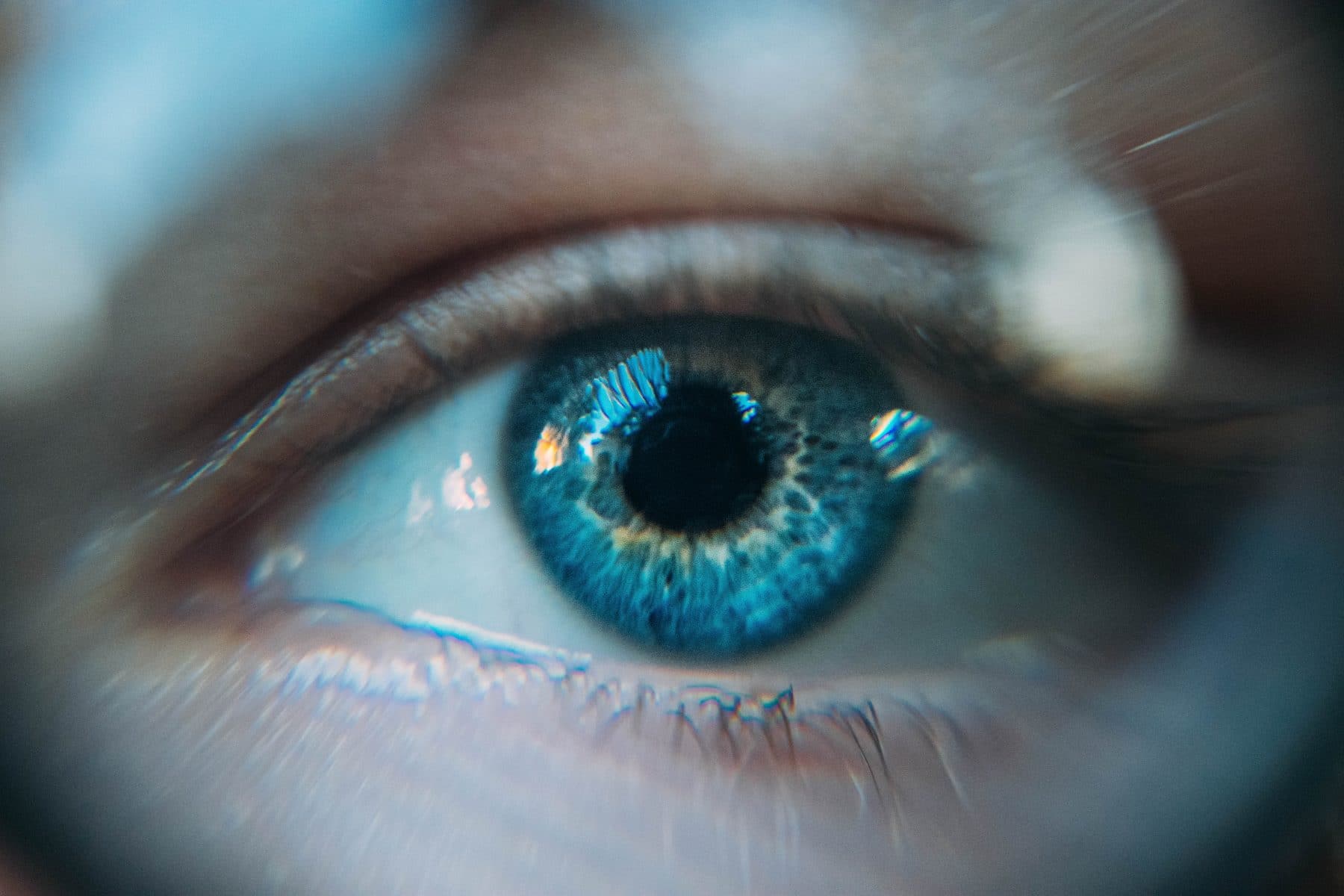More than 2.7 million Americans over the age of 40 are affected by a vision-stealing disease that often has no symptoms. The disease? Glaucoma. January is Glaucoma Awareness Month, and the doctors and staff of Michigan Eye Institute want you to know the facts about this silent disease.
GLAUCOMA AWARENESS
What is Glaucoma?
Glaucoma develops when the optic nerve of the eye is damaged due to excess pressure created when fluid does not properly drain from the eye. Usually, there are no symptoms, but without treatment, vision loss will occur. There are two types of glaucoma:
- Primary Open-Angle Glaucoma: The most common form, this type of glaucoma happens very gradually due to fluid buildup and is painless, but eventually vision changes do occur.
- Angle-Closure Glaucoma: This type of glaucoma can occur very suddenly (“acute”) or very slowly (“chronic”) and happens when the eye’s drainage canals are suddenly blocked and pressure builds within the eye.
Anyone can develop this disease, but the prevalent risks factors for glaucoma include:
- African-Americans over the age of 40
- Anyone over the age of 60
- A family history of glaucoma
What are the Symptoms of Glaucoma?
In most cases, glaucoma presents no symptoms – just a very gradual loss of vision. Angle-closure glaucoma, however, can occur suddenly, and it can present severe symptoms such as:
- Sudden blurry vision
- Severe eye pain
- Headache
- Nausea and vomiting
- Sensitivity to glare
These symptoms require immediate medical attention to prevent permanent vision loss.
How is Glaucoma Diagnosed?
Glaucoma can only be diagnosed through a comprehensive dilated eye exam. A dilated exam allows your eye doctor to take a microscopic view of the optic nerve and can detect any damage. Your doctor will also measure inner eye pressure and perform a visual field test to assess any loss of peripheral vision. Both tests are non-invasive and painless.
How is Glaucoma Treated?
Treatment for glaucoma focuses on managing the pressure within the eye to prevent damage to the optic nerve and preserve vision. This is usually accomplished through an ongoing regimen of oral medications and eye drops. If further intervention is necessary, the doctor may perform a laser trabeculoplasty to drain fluid from the eye and relieve pressure, or a trabeculectomy to create channels for fluid to drain from the eye.
Is There a Cure for Glaucoma?
Currently there is no cure for glaucoma, and any vision loss cannot be reversed. Therefore, it is imperative to have regular eye exams to diagnose and treat glaucoma and to preserve sight.
CONTACT YOUR MICHIGAN EYE DOCTOR
Increasing glaucoma awareness is important in order to identify the disease and prevent its progression.
Are you due for a general eye exam? Give us a call today at (810) 732-7313 or visit our Michigan Eye Institute website to schedule an appointment!




Leave A Comment